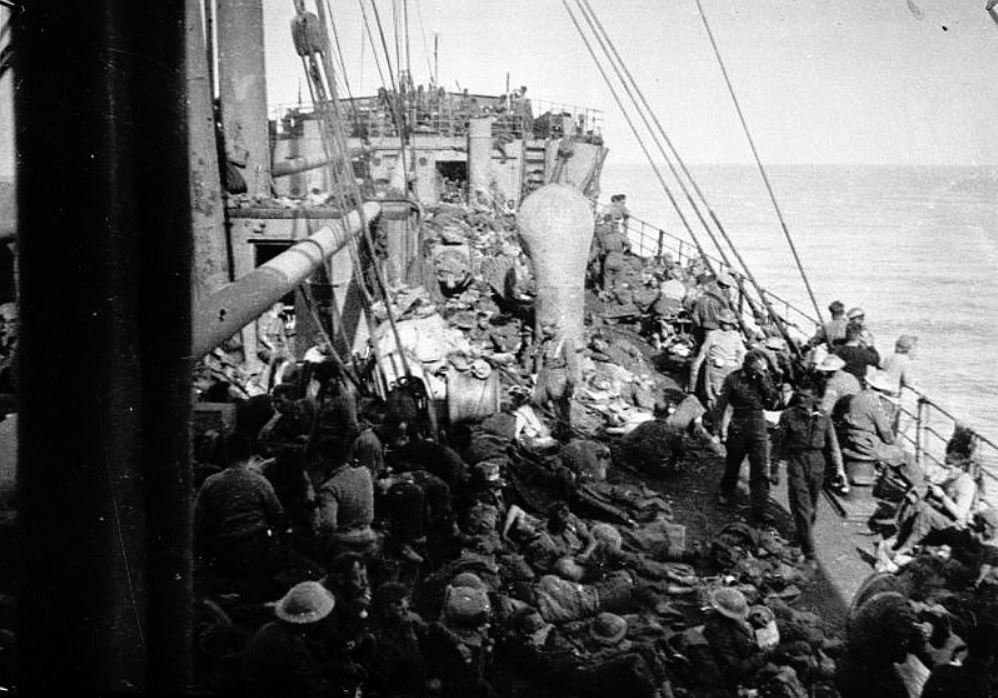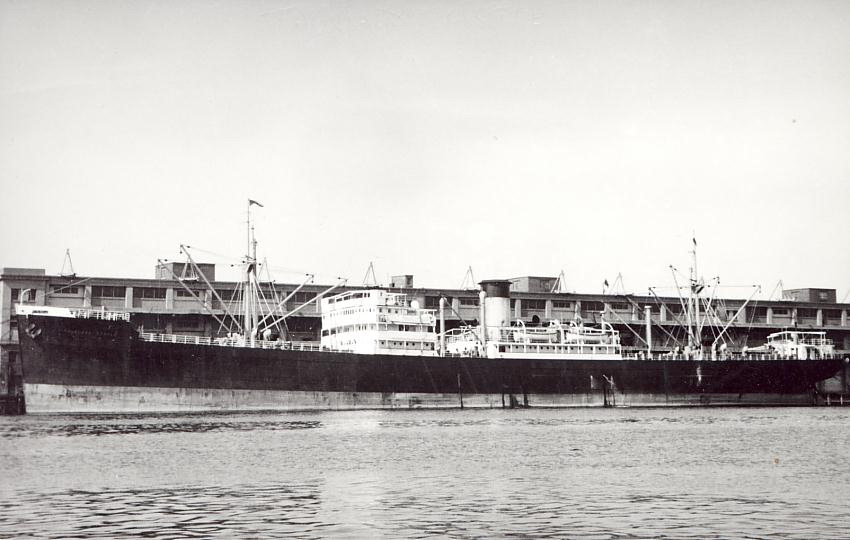SS Thurland Castle
From Our Contribution
Remarks
The fourth of five ships of the same name built for the Lancashire Shipping Company. The SS Thurland Castle rescued 3,500 allied troops from Greece, including 1,000 wounded and 100 nurses. Although she was attacked several times and was taking on board water as a result of near misses, she safely reached Crete. Following makeshift repairs the Thurland Castle returned to Megara in Greece for another load of soldiers.
On 5 Sep 1943 she was in a Convoy which encountered heavy seas near the Hebrides where another ship the SS Urlana had been driven onto a rocky coast. With the aid of a Royal National Lifeboat all crew from the Urlana were rescued and boarded the SS Thurland Castle. In 1943 she was sold to Elder Dempster & Co, but retained her name until 1946 when she was renamed SS Fulani. On 7 Nov 1958 she arrived at Odense in Denmark and was scrapped the following year.
Soldiers carried
Megara, Greece to Suda Bay, Crete 25 - 26 April 1941
- Geoffrey Gordon Benson
- Harry Wallace Benson but may have been left behind in Greece.
- Edward Charles (Ted) Fancote
- George Garratt
- Stanley Hubert Hancock
- † Robert Hassett
- Kevin James Higgins
- William James Johnson
- † Kenneth Myers Kroenert
- Arthur Mitchell
- Maurice Gerard O'Brien
- Charles Amos George Victor Petersen Pow Crete 6 Jun 1942
- James Percy Ray
- † Robert Summerfield

